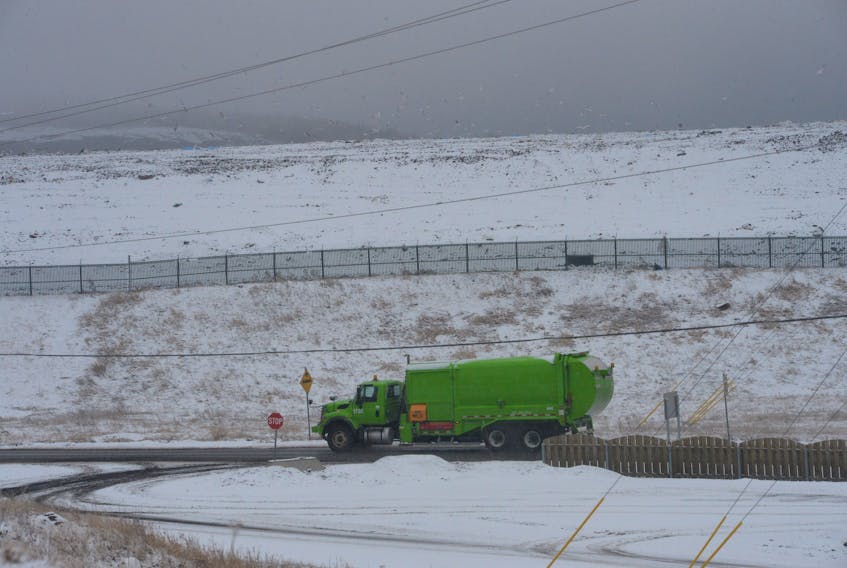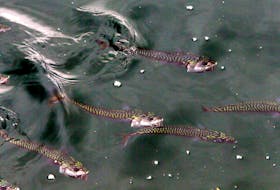East end resident Peter Whittle is hopeful a new measure to reduce the vomit-inducing odours at the Robin Hood Bay dump will be successful.
The City of St. John’s is spending $3 million to try to deal with the stink emanating from the Robin Hood Bay dump.
Whittle says the smell can be horrid if the conditions are right. He told a recent story of the smell being too much for one resident.
“Thursday evening was probably the worst odour event I’ve smelled in a long time,” said Whittle.
“I was at the Ultramar on Newfoundland Drive at 5:30 and there was a lady on the other side who actually threw up. She said, ‘What is that smell?’ and I said, “That’s the smell of the dump.’”
An additional 10 hectares of landfill cover will be added to the dump, in addition to the 24 hectares added in 2017. The fill will prevent gases from seeping out into the air and allow them to be collected and burnt off, converting harmful methane into less harmful carbon dioxide.
Public Works lead Coun. Ian Froude says on top of addressing some of the more pungent concerns, the changes will lessen the greenhouse gas emissions wafting from the area.
“A lot of methane is produced through decomposition. Methane is among the most potent greenhouse gases, 21 times more potent than carbon dioxide, which is often more talked about when it comes to climate change,” he said.
Froude says it’s hard to quantify how much gas will be prevented from escaping, but 34 hectares of cover added over two years should be substantial.
Whittle says he’s cautiously optimistic about the plan.
“I’m glad to see that they’re working on it. Something has to be done,” said Whittle.
The $3 million for the project will partially come from the existing operational reserve fund gained from tipping fees at the dump. The city will also seek $1 million in funding from the Federation of Canadian Municipalities Municipal Climate Innovation Program.
The project will now go to public tender, so a start date is not yet known. Froude says the new cover should be completed by the end of the year.
Twitter: DavidMaherNL









